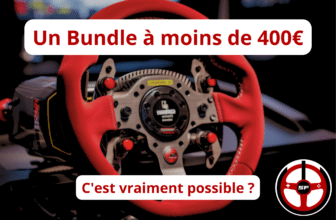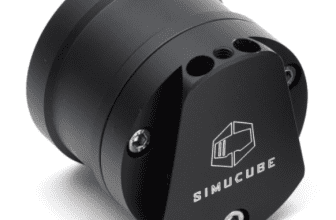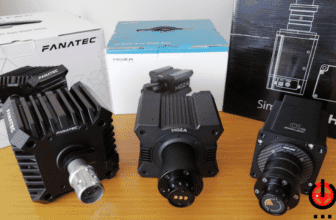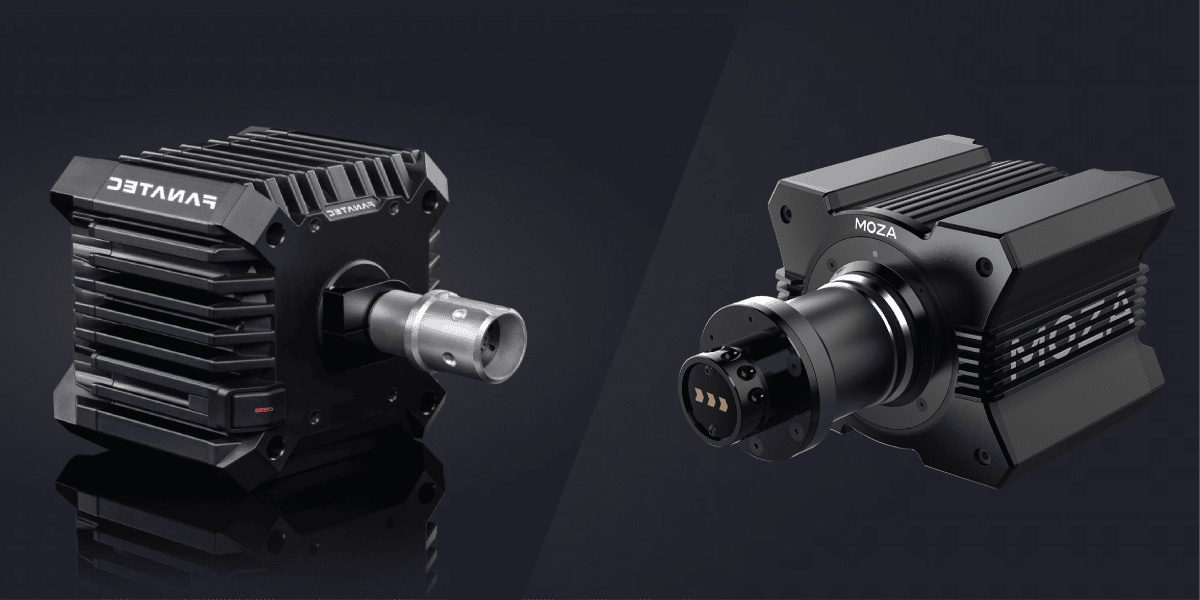
In the great race to make Direct Drive bases available to the general public, competitors have been multiplying in recent months. Today, we’re going to take a look at a subject that has been repeatedly requested by our readers : Fanatec vs Moza. Let’s go for a duel between Fanatec and Moza Racing!
You’ve all heard of Fanatec, the German brand that revolutionized the world of simracing with the famous Fanatec CSL DD and GT DD Pro. The very first Direct Drive bases at under €500.
Moza Racing is the outsider. They’ve only been producing steering wheels since September 2021. But they’ve quickly made a name for themselves with their brand-new Moza R9 base.
It’s been over a month since I received the Moza base. The CSL DD 8Nm is the base I’ve been using on a daily basis since the summer of 2021. So now it’s time to tell you how I feel about these two models, which have made many people hesitate!
Design and mounting options
Both bases are very compact. The Moza R9 even has the luxury of being smaller than the Fanatec. And I have to admit that the Moza’s finish clearly puts the Germans to shame. The front and rear panels of the Moza fit perfectly, which is not the case with Fanatec.
On the other hand, Fanatec has the edge when it comes to mounting options. Whether from below or from the sides, the choice is yours for connecting your base to the cockpit. Moza have made do with 4 M6 screw threads on the underside of the base.
Point goes to Moza for their more compact and much better finished design.
The brand ecosystem
The Moza R9 and Fanatec CSL DD / GT DD Pro models are aimed at simracers on a limited budget. In my opinion, to maintain maximum clarity, ease of use and value for money, the brand ecosystem plays an important role.
On this point, Fanatec is a brand that has been growing its ecosystem for over 20 years. They regularly update their models of flywheels, bases and pedalsets. The variety of their catalog means that any rider can find exactly what they want in terms of feel or design.
This is still far from being the case for Moza Racing, which offers just 2 steering wheels and 1 pedalset.
With Fanatec, you can connect your pedals and shifters directly to the base. It’s a lot less headache than having to find USB ports for all your gear.
With its extremely rich ecosystem and the possibility of connecting everything directly to the base Fanatec wins this point without surprise.
The Quick Release system
The Fanatec QR1 Quick Release is getting on in years. And I have to admit that, even though the brand has made efforts recently to make the QRs better adapted and more precise, this is the point that can in some cases lead to flexibility between the steering wheel and the steering shaft.
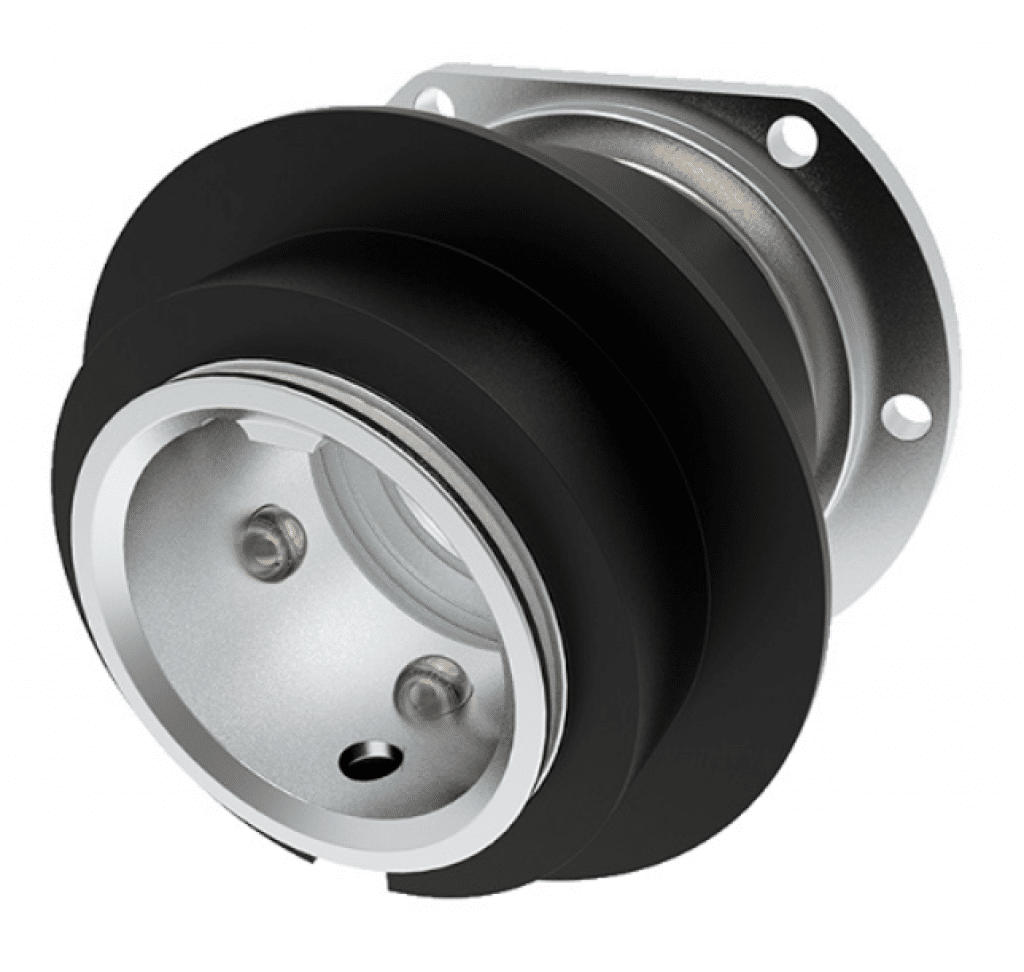
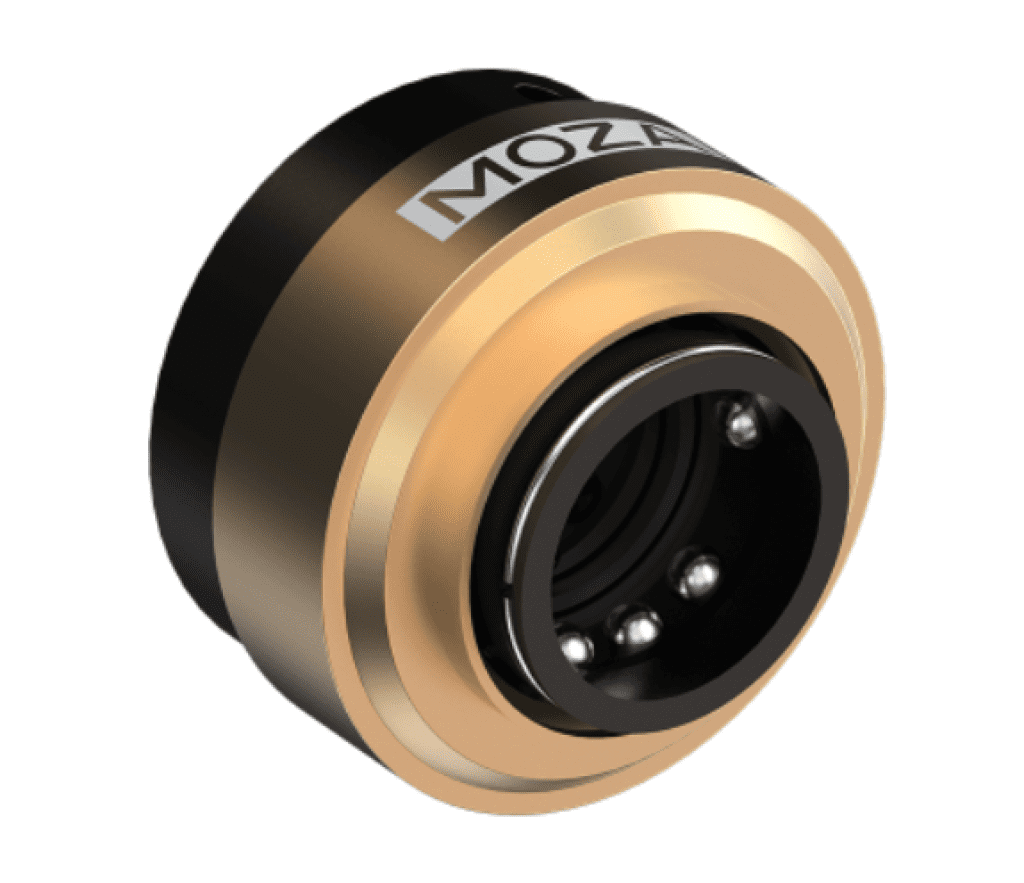
As for Moza Racing, their Quick Release is quite simply the best I’ve seen on the market to date. You can change wheels in a matter of seconds. Everything is fluid and precise. The steering wheel-base junction seems indestructible and inflexible.
It’s Moza who wins this point hands down. With a Quick Release at the top of its art. He’s just perfect, period.
The price of a setup
The price difference between the Fanatec CSL DD / GT DD and Moza R9 bases is interesting on paper. To date, the Moza R9 base is priced at €465 incl. VAT. The Fanatec CSL DD at 500€ and the GT DD Pro at 600€.
But a base isn’t enough on its own. At the very least, you’ll need a compatible steering wheel.
At Fanatec, first prices range from 140€ in the CSL range to 650€ in the Podium range. I intentionally exclude the Fanatec Podium BMW M3 GT4 at 1,500€. Its weight makes it a poor choice for a Direct Drive of just 8Nm. At Moza Racing, the 2-wheel steering wheel is priced at €465 each.
To which we must add shipping costs (and yes…). At Fanatec, shipping costs obviously vary according to the country you live in, and range from €40 to €80. Deliveries are very fast if the product is in stock. Personally, I’ve never waited more than 10 days to receive my Fanatec packages.
Moza Racing has a unique 55€ delivery rate . However, the problem is the delivery time. They may indicate 10 to 20 working days, but I’ve personally waited 2 months for some parcels.
In terms of price, this is a point that I have to give to Fanatec. Because even if the Moza R9 is cheaper on paper… Buying the steering wheel instantly puts you several hundred euros higher.
Console compatibility
Well, we’re not going to make any great speeches on this point. The Fanatec CSL DD is PC and X Box compatible. The Fanatec GT DD Pro is PC, X Box and Playstation compatible. The Moza R9 is PC-compatible only.
Yes, I know, simracing purists will be shouting, “But simulation happens on the PC! But keep in mind that these are the basics for the general public. And the general public also likes consoles, sorry ^^
Fanatec is the only one of the two brands to offer full compatibility on X Box and Playstation.
The base couple
When it comes to torque, Fanatec offers a choice of 5Nm or 8Nm with the Booster Kit. The 5Nm option saves almost €150 on the base price, but for most simracers, it’s the 8Nm option that will grab your attention.
At Moza Racing, the R9 delivers a torque of 9Nm. Does 1Nm difference really matter? Well, yes, at this level you can really feel the difference in power between the two brands.
On this point it is the Moza R9 which wins the battle. With 1Nm of torque in addition to the CSL DD or GT DD Pro, it delivers more power in your arms and you can feel it.
Software settings
Let’s move on to the settings for the two bases. The German company Fanatec uses Fanalab. It’s a well-proven software package. You can access a whole range of fine-tuning options to create THE perfect force feedback for you. I particularly like the fact that you can switch between 5 different settings during a race without having to go back into the menus.
What I don’t like so much about the Fanalab is that you really have to dig deep to understand which setting does what. It’s not as clear-cut as it could be. It’s this sort of thing that can annoy players who don’t want to become force feedback engineers.
Moza Housepit, on the other hand, is very, very easy to use and intuitive. You can also download the app onto your smartphone to make on-track adjustments (I don’t know if the road safety authorities would have approved this ^^)
On the other hand, the level of tuning offered is not as advanced as Fanatec’s to really find your ideal FFB.
At Fanatec it’s thorough, precise, practical but not always simple. The Moza software is simple, practical but not as advanced…
For me it’s a draw. You should combine the best of these two worlds to have the perfect software.
How it feels on the track
The Moza R9 has a slight advantage over the CSL DD and GT DD Pro. Its torque is 9Nm versus 8Nm for Fanatec. But will the Moza make the most of this advantage?
On the track, the difference in power is indeed perceptible to a regular rider. But when it comes to pure feel, track detail and precision , Fanatec is still ahead. But is this really surprising? It’s worth remembering that Fanatec has over 20 years’ experience in the world of force feedback.
For example, despite several days spent testing numerous FFB settings, I still have trouble on the Moza feeling the rear of the vehicle go into a slide. I have the horrible feeling that by the time the steering wheel sends me the information, it’s already too late and I can’t catch up. I’ve also noticed that instead of having the information first at my fingertips and then before my eyes through the screen, I find myself first “seeing” on the screen that the rear is starting to leak just before I feel it through the steering wheel.
This is just an example, and of course the feeling of force feedback is very subjective. But in my case, this aspect prevented me from being 100% confident with my vehicle and really pushing it to its limits. In fact, this translates immediately into tenths of a second lost on the track, since in my tests I was always 0.3 to 0.6 seconds slower than the CSL DD.
But that doesn’t mean that the Moza’s force feedback is bad! It’s excellent. Honestly, congratulations to their teams, for they know how to do their job. The feel of the track, for example, is just amazing. It’s just that they still have some way to go before they can claim to dethrone Fanatec in this respect.
The precision and detail felt in Fanatec’s force feedback is still a cut above the Moza R9. But I would like to remind you that Moza still did an exceptional job!
The brand’s after-sales service
I expect this passage to be the most controversial, and I thank you for saving your insults for other sites. After all, I speak only for myself and this article is my opinion. OK? So let’s take a deep breath:
I get dozens of questions every week about Fanatec’s after-sales service. There are a lot of rumors about it. That it’s inefficient or complex. The truth is that with the huge sales boom that Fanatec has experienced since the release of the CSL DD, the demand for after-sales service has inevitably increased. So it’s only to be expected that Fanatec has now extended its response times. As their after-sales service is based in Germany, communications are currently in English or German.
If you think things are going to be better at Moza Racing, you’re barking up the wrong tree. Their factories are in China, and so is their after-sales service. So English will once again be mandatory. But remember when I told you about delivery times? Well, when you send Moza equipment for after-sales service, it takes 1 month for them to receive it, then 1 month to send it back.
Some platforms have partnership contracts with Moza, such as Prosimu. If you buy a Moza on this type of platform, in theory you send your after-sales requests to them. In this case, they’ll simply act as an intermediary between you and Moza, but don’t think for a second that things will go faster – I’ve unfortunately paid the price more than once.
On after-sales service my point goes straight to Fanatec. Waiting more than 2 months for a product return from after-sales service is dead for me.
My opinion of the Fanatec vs Moza Racing duel
The Moza R9 and Fanatec CSL DD / GT DD Pro are all excellent bases. Make no mistake, they have immense potential that’s up to you to exploit on the track. That said, here’s the scoreboard:
- Design: Moza
- Ecosystem: Fanatec
- Quick Release: Moza
- Price: Fanatec
- Compatibility: Fanatec
- Couple : Moza
- Software : Egalité
- Feedback : Fanatec
- After-sales service: Fanatec
The match gives us 5 points for Fanatec, 3 for Moza Racing and 1 tie.
Personally, I really enjoyed these bases. As I said earlier, the CSL DD is in my cockpit every day. The Moza R9 really blew me away when I tested it, and I enjoy riding it (when Flo lets me touch it). In fact, they have a lot in common.
They’re extremely quiet, compact and a huge leap forward for a player coming from the world of belt-driven bases. And frankly, whatever you decide, you’re going to have a lot of fun on the track!
For even more information, don’t hesitate to read the tests I carried out on these models:
And above all, tell me in the comments what you think of the duel between these two models! Which one will make your simracer heart skip a beat?



